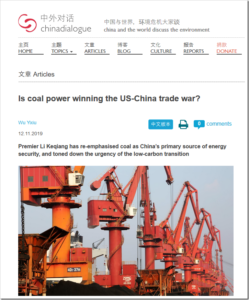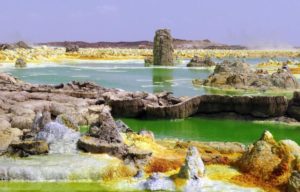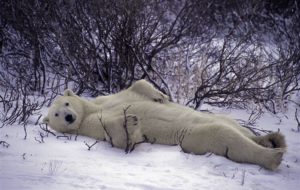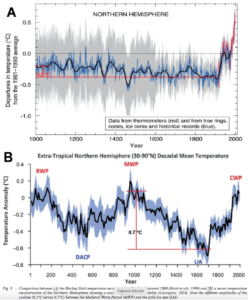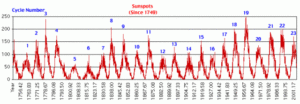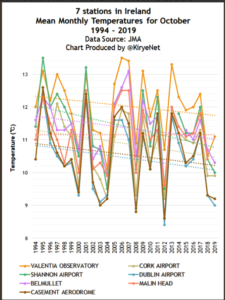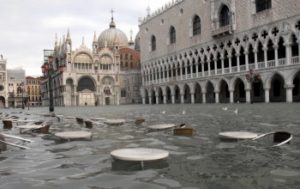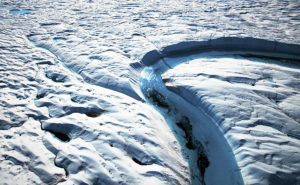The press conference was hosted by the European Conservatives and Reformists group in the European Parliament, who formally received the climate declaration from Professor Guus Berkhout.
Professor Berkhout represents the Climate Intelligence Foundation (Clintel), a Dutch group who have collected signatures from over 700 prominent scientists and professionals in support of the basic statement: there is no climate emergency.
Signatories include Nobel laureate, Professor Ivar Giaever, who made important experimental discoveries regarding superconductors, and the influential mathematician and physicist Professor Freeman Dyson.
The Liberal Democrat MEP, Irina von Wiese, took umbrage at the declaration, and refused to believe IPCC statements about a lack of any global trends in extreme weather events.
The declaration was supported by an addendum, setting out the scientific justification for the statement:
Natural as well as anthropogenic factors cause warming
The geological archive reveals that Earth’s climate has varied as long as the planet has existed, with natural cold and warm phases. The Little Ice Age ended as recently as 1850. Therefore, it is no surprise that we now are experiencing a period of warming.
Warming is far slower than predicted
The world has warmed at less than half the rate predicted by IPCC on the basis of modeled anthropogenic forcing and radiative imbalance. It tells us that we are far from understanding climate change.
Climate policy relies on inadequate models
Climate models have many shortcomings and are not remotely plausible as global policy tools. They blow up the effect of greenhouse gases such as CO2. In addition, they ignore the fact that enriching the atmosphere with CO2 can also be beneficial.
CO2 is plant food, the basis of all life on Earth
CO2 is not a pollutant. It is essential to all life on Earth. Photosynthesis is a blessing. More CO2 is beneficial for nature, greening the Earth: additional CO2 in the air has promoted growth in global plant biomass. It is also good for agriculture, increasing the yields of crops worldwide.
Global warming has not increased natural disasters
There is no statistical evidence that global warming is intensifying hurricanes, floods, droughts and suchlike natural disasters, or making them more frequent. However, there is ample evidence that CO2-mitigation measures are as damaging as they are costly.
Climate policy must respect scientific and economic realities
There is no climate emergency. Therefore, there is no cause for panic and alarm. We strongly oppose the harmful and unrealistic net-zero CO2 policy proposed for 2050. If better approaches emerge, and they certainly will, we have ample time to reflect and re-adapt. The aim of global policy should be ‘prosperity for all’ by providing reliable and affordable energy at all times. In a prosperous society men and women are well educated, birthrates are low and people care about their environment.

